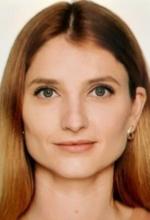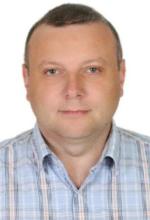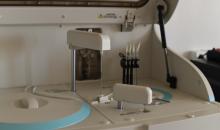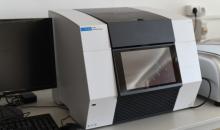Introduction to Microscopy
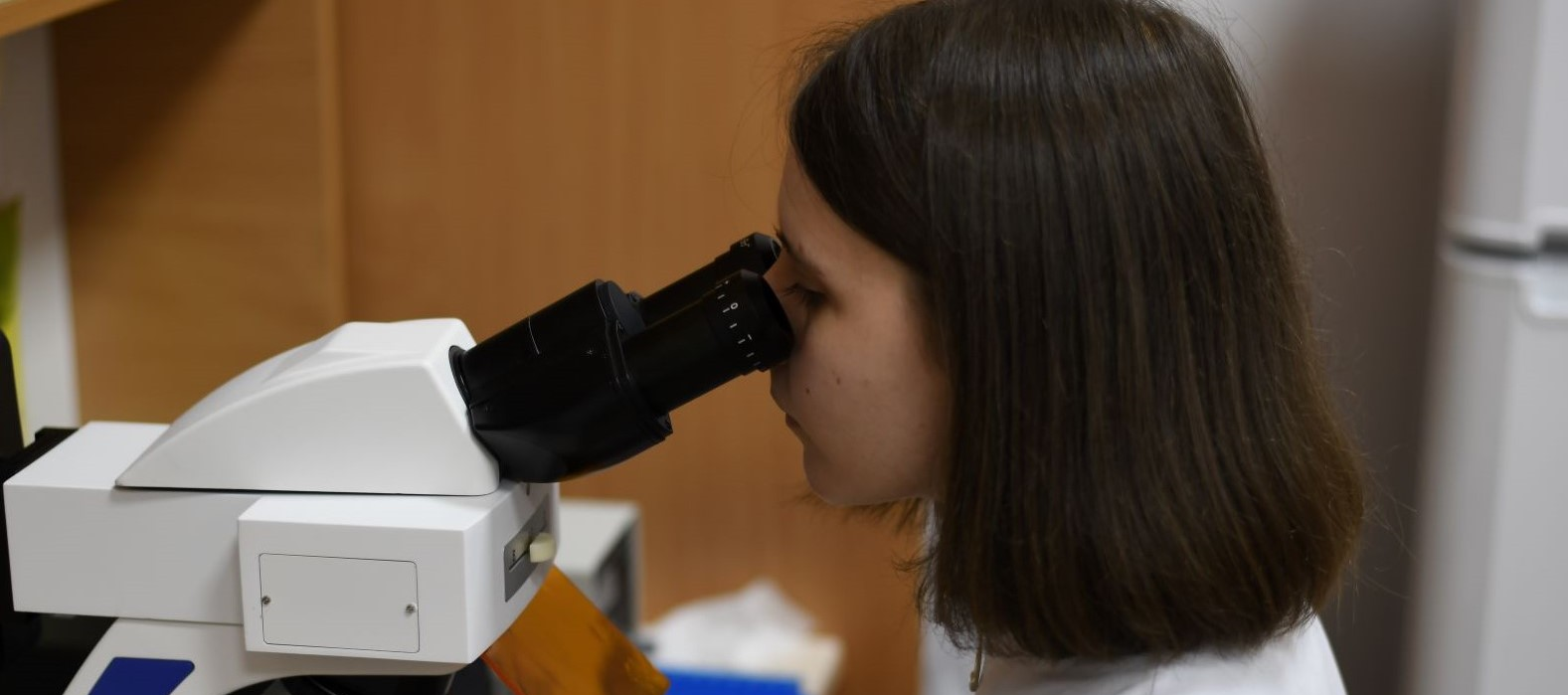
This course overviews main modern microscopy techniques used in cell biology. It deals both the theoretical background of the different types of microscopy and with practical aspects of sample preparation, digital data processing and experiment design will be covered. The main objectives of the course are to provide the students with the knowledge necessary to start a practical training on modern fluorescence microscopes and to describe the problems that can be solved by different specific types of microscopy.
Download of lectures and other teaching material
You need to be registered to the course and to login to the site to see the complete list lectures and teaching material available to download.
Please consider the copyright. You are allowed to share only teaching material visible to users that is accessible without authorization.
Course: 4 lectures
Lectures: Volodymyr Shvadchak, Yury Kovalchuk, Nina Bondarenko
Transmission microscopy, phase contrast. Fluorescence microscopy. Principal schemes of microscopes. Lasers. Filters. Dichroic mirrors. Channels. Digital image collection. Image resolution, micrones and pixels. Confocal microscopy. Z-slices. TIRF. ImageJ (Fiji) software for image processing. Colocalization.
Useful links:
FRET and detection of interactions in microscopy. Fluorescence lifetime and FLIM. Diffraction limit. Superresulution, STORM. PALM. Application to image actin fibrils.
Fluorescent proteins. Small molecule dyes. Channel crosstalk and selection of fluorophores. Membrane trackers, staining of nuclei. Photodegradation during measurements. FRAP. Light intensity and damage to cells. Caged molecules and controllable photorelease. Photoswithchable molecules.
Principle and scheme of microscopes. XY and Z resolution. Sample preparation. Scanning speed and sample damage. Application for protein unfolding. Principle. Resolution. Modes. Sample preparation.
Завантаження безкоштовної програми Fiji для роботи з мікроскопічними зображеннями.
Невеликий підручник по ImageJ/Fiji.
Приклади файлів для самостійного освоєння програми:


